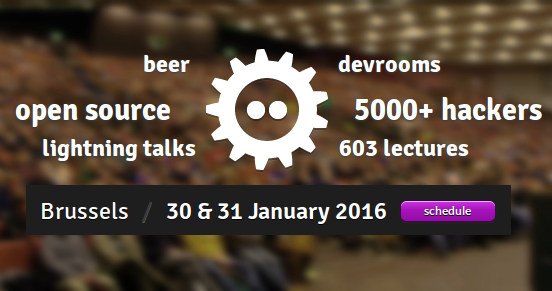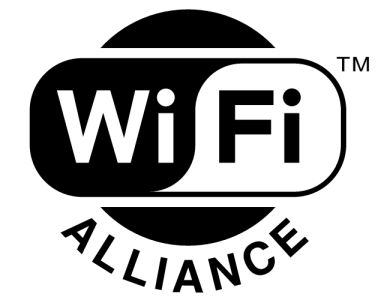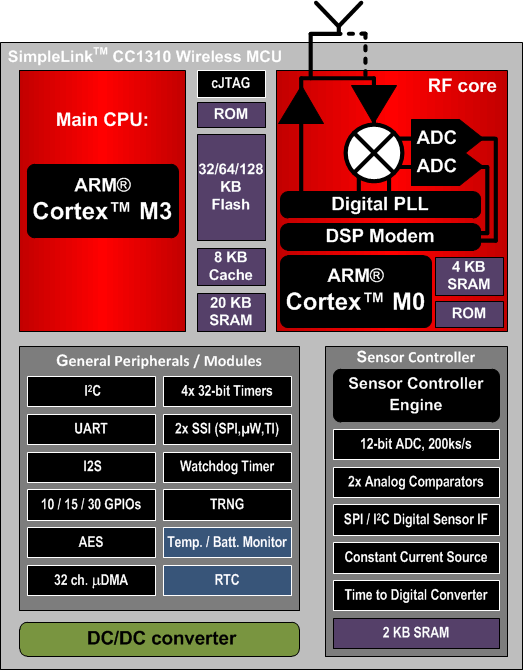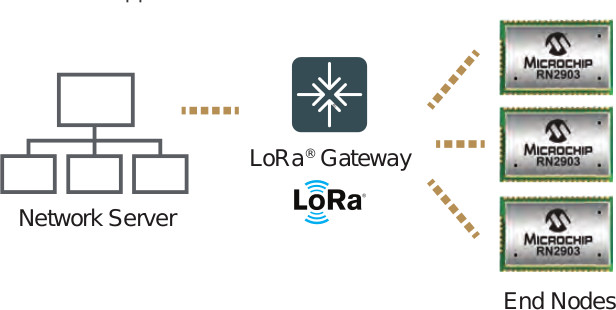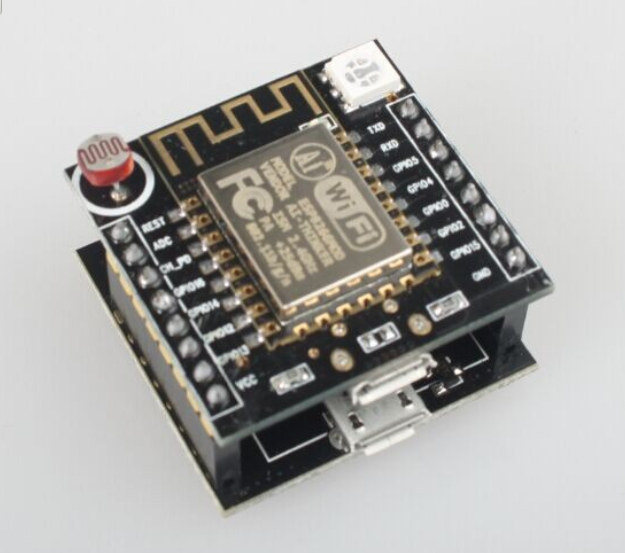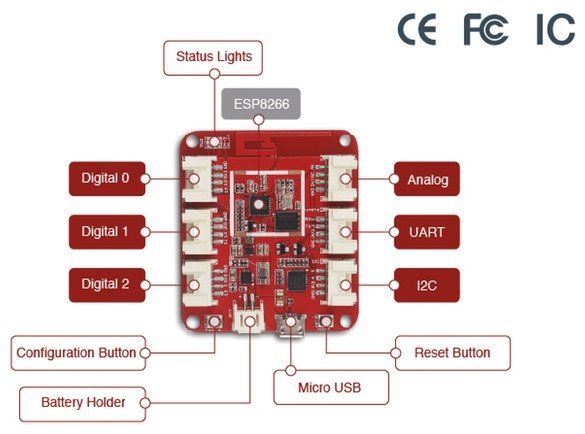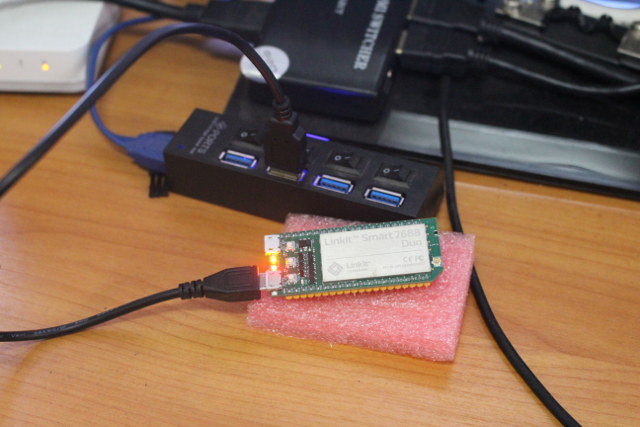FOSDEM (Free and Open Source Software Developers’ European Meeting) is a 2-day event that usually takes place on the first week-end of February in Brussels, but this year it will be on January 30-31. The event brings thousands of developers, hackers, and other person interested in open source technology who present their projects and share ideas. FOSDEM 2016 schedule is now available, and There will be 557 speakers, 612 events, and 50 tracks this year including 7 main tracks: Distros, Enterprise, Hardware, Communications, Miscellaneous, Office, Systems Administration, and Virtualization. So I’ve had a look at some of the talks, especially out of “Embedded, Mobile and Automotive” and “IoT” devrooms, and prepared my own virtual schedule although I won’t be able to attend. Saturday 10:30 – 10:55 – MIPS, the other side of the embedded by Alexjan Carraturo For many years MIPS processors have been involved in the embedded market, particularly […]
Wi-Fi HaLow is the Consumer Name for 802.11ah Low Power Long Range WiFi
For some reasons, people who decide to name things like to give one name for technical people, and another for consumers. A few years ago, I went to buy a 1080p TV, but at first the seller was confused when I asked, and then I talked about resolution, and when he asked “Full HD” or “HD Ready”? It was my turn to me confused. There are several other example such as Bluetooth Low Energy for geeks may be Bluetooth Smart for consumers, and now the Wi-Fi alliance has just announced that IoT devices and gateway featuring the latest 802.11ah standard will be designed as Wi-Fi HaLow devices. They have not come up with a Wi-Fi Halow logo yet… Nevertheless, apart from the name, nothing appears to have changed. HaLow/802.11ah is still the same Wi-FI standard operating at 900MHz targeting IoT applications with low power, long range (up to 1km), and […]
TI SimpleLink CC1310 Wireless MCU Promises 20 Km Range, 20-Year Battery Life on a Coin Cell
Some LPWAN standards such as SigFox, LoRa, or nWave allows for transmission of data at low bitrate over several kilometers, and I’ve very recently featured Microchip’s LoRa modules and motes in this blog. So when Texas Instruments sent their December 2015 newsletter entitled Wireless MCU spans 20 km on a coin cell, I decided to have a look, and the company’s CC1310 wireless Cortex-M3+M0 MCU based on a proprietary sub GHz technology also claims to last 20-year on a coin cell for applications such as grid communication infrastructure and heat and water meters. SimpleLink CC1310 key features: Microcontroller – ARM Cortex-M3 @ up to 48 MHz with up to 128KB programmable flash, 8KB DRAM for cache/general purpose, 20KB Ultralow Leakage SRAM Sensor Controller – Ultralow power and autonomous; 16-Bit Architecture; 2KB of Ultralow Leakage SRAM for code and data RF core Cortex M0 core with 4KB RAM, and ROM Data […]
Microchip Introduces $11 RN2483 & RN2903 LoRa Modules and $70 LoRa Evaluation Kits for IoT & M2M Applications
LoRa is one of those long range low power WAN standards used for the machine to machine (M2M) and Internet of things (IoT) applications. I already featured a Semtech Lora module here with a line-of-sight range of up to 20 to 30km, and the company has just partnered with STMicro to deploy LoRa solutions, but today, I’m going to have a look at Microchip Lora modules and development kits that I discovered in the company’s Micro Solutions Nov/Dec 2015 publication. The company has launched two modules for the European and North American markets with respectively RN2483 LoRa 433/868 MHz R&TTE Directive Assessed Radio Modem and RN2903 915 MHz North American modem. Apart from the different frequencies, both modules have similar features: On-board LoRaWAN Class A protocol stack Tx/Rx Power RN2483 – 40 mA (14dBm, 868MHz) Tx, and 14.2 mA Rx @ 3.6V RN2903 – 124 mA Tx max, and 13.5 mA […]
$3 Compact ESP8266 Board Includes RGD LED, Photo Resistor, Buttons and a USB to TTL Interface
In case you need a cheap and compact ESP8266 board with integrated USB to TTL debug interface, a photo resistor, and/or some buttons, a white brand board based on ESP-12F could be interesting. “Witty cloud” development board specifications: ESP-12F module with Espressif ESP8266EX SoC Connectivity – WiFi 802.11 b/g/n 2x 8-pin headers with GPIOs, VCC, GND, Reset, ADC, and UART USB – 2x micro USB port (one for power, one for debugging ?) Misc – Photo resistor, RGB LED, three buttons for power, reset and firmware upgrade (I think) Dimensions – Small Witty cloud might not be the same of the board itself, but could be a cloud service launched in China, as some of the screenshot on Aliexpress could imply. All I could find are some websites vaguely mentioning GoKit 3.0 and Witty Cloud 3.0, but it does not make much sense. If Chinese readers could provide some insights […]
Wio Link is an ESP8266 Board Designed to Make IoT Projects Easier (Crowdfunding)
There are already plenty of board or modules based on Espressif ESP8266 WiFi SoC, but if you don’t like soldering, or would rather avoid breadboards and some cables for your or your kids’ projects, Wio Link may be interesting, as all you need to is to connect Grove modules required for your applications to get started, and Seeed Studio also took care of the low level software part and a drag-and-drop mobile app is provided, so software programming has been made easy too. Wio Link hardware specifications: SoC – Espressif ESP8266EX Tensila SoC Storage – 4MB flash Connectivity – 802.11b/g/n WiFi, with WEP/TKIP/AES encryption support Expansion – 6x Grove connectors: 3x digital, 1x analog, 1x UART and 1x I2C (3.3V I/Os) Power Supply 5V via micro USB port 3.4 ~ 4.2V via external battery Output DC Current – 1000mA MAX Charge Current: 500mA MAX Dimensions – 55mm*48mm Weight – 26g […]
Sonoff & Slampher are $5 RF and WiFi Smart Switches and Lightbulb Adapters (Crowdfunding)
ITEAD Studio has launched two new low cost home automation products with Sonoff smart switch, and Slampher smart E27 light bulb adapter both supporting control via WiFi and your Android smartphone, or 433MHz with a simple remote control, while still retaining the capability to control your electrical appliances and lights with a manual switch. Installation is pretty easy, and safer than some other products like Semlamp. Sonoff – You simply need to cut the cable to your appliance, and insert two wires into the IN part, and the other two wires into the OUT part. Turn if on, and add it to the app if you are going to use a smartphone Slampher – Remove your light bulb from its current socket, screws the bulb to Slampher, and put it back into your socket. Register the light in to the app and your done. Both devices will send data to […]
Quick Start Guide for LinkIt Smart 7688 (Duo) Board
Mediatek Labs has announced LinkIt Smart 7688 development boards powered by Mediatek MT7688 WiSoC earlier today, but I was selected for a close beta several weeks before the launch, and I’ve had time to play a little with the boards, so today I’ll report my experience getting started with LinkIt Smart 7688 amd 7688 Duo by writing a Quick Start Guide showing how to setup the boards, upgrade firmware, access the serial console, run “Blink LED” sample applications with Python and JavaScript, as well as the Arduino IDE, and connect to the Internet. Initial Setup You’ll only need a micro USB cable and a computer with WiFi and USB ports to get started with the board. The green LED (top) for the MCU will turn on immediately, while the red LED (bottom) for WiFI will blink once, and only turn on continuously after 5 seconds, and within 30 seconds after […]


